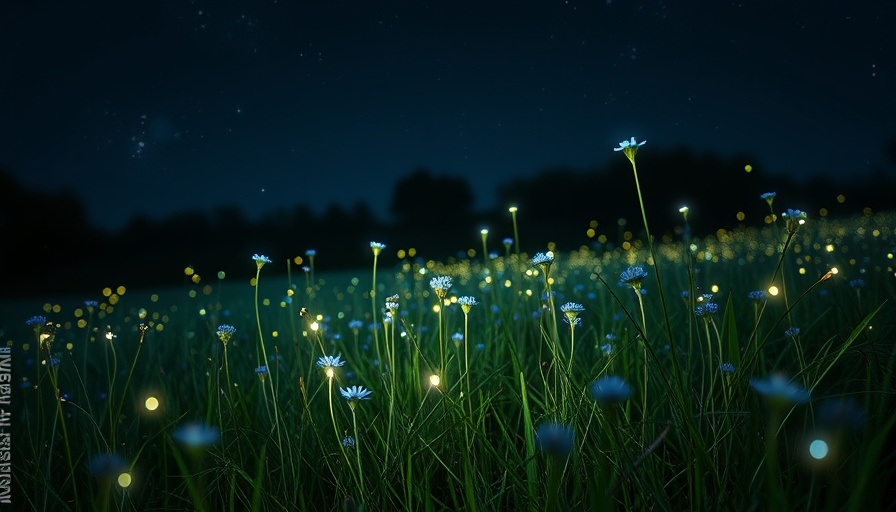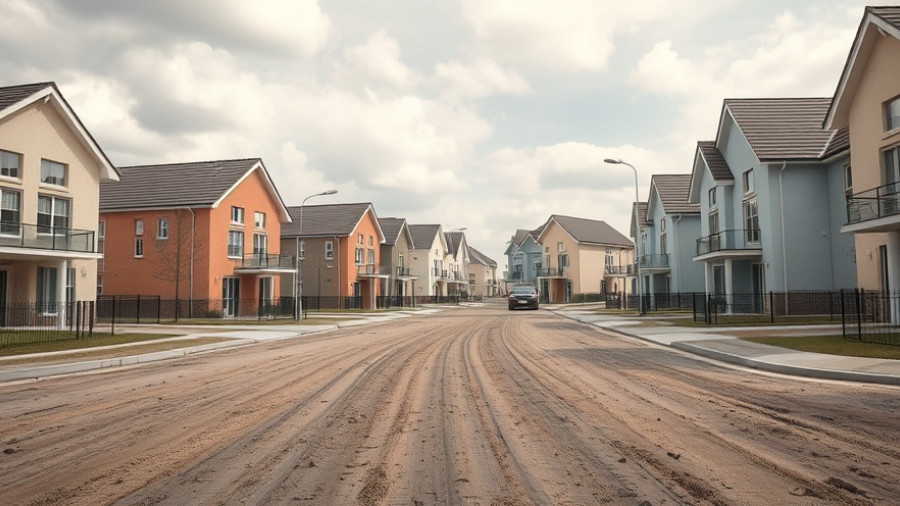
Why Dimming the Lights Matters for Wildlife
As night falls, the beauty of fireflies and other nocturnal creatures graces our outdoor spaces. Yet, this enchanting sight is becoming increasingly rare due to the pervasive glow of artificial lighting. For many homeowners, being mindful of outdoor lighting is an aspect of property maintenance that often goes unnoticed. However, a small change can make a significant difference to our local ecosystems. Understanding how light pollution impacts wildlife can inspire us to dim our outdoor lights and help restore the natural balance.
The Impact of Artificial Light on Ecosystems
According to Richard Joyce, a conservation biologist with The Xerces Society for Invertebrate Conservation, artificial lighting creates a notably different environment from the one that nocturnal species are adapted to. Many species, including fireflies and migrating birds, rely on natural light cues for essential activities like mating, navigation, and feeding. When lit up like a Christmas tree, our homes inadvertently become gauntlets for these creatures, leading to disorientation, reduced reproductive success, and tragically, fatal collisions.
How Dimming the Lights Helps
By reducing outdoor lighting, we can help mitigate these negative impacts. When homeowners switch to motion-sensitive lights or simply turn off non-essential outdoor lights, they allow fauna to thrive. Dimming the lights not only creates a more tranquil atmosphere for humans but is also crucial for species that depend on natural darkness. For example, studies show that even a reduction in artificial light can increase firefly populations by supporting their mating behaviors.
Implementing Effective Lighting Practices
So, what can you do? Start by evaluating your outdoor lighting setup. Install low-intensity, warm-colored bulbs instead of high-wattage ones, and consider using downward-facing fixtures to minimize light spread. Additionally, implementing a lighting schedule that adjusts to the seasons can further assist wildlife. Minimal light use during peak migration times or when fireflies are active can create a sanctuary right in your backyard.
Engaging Your Community in Nighttime Conservation
It’s not just your property that benefits from reduced light pollution. Community initiatives can help bolster the ecological efforts in your area. Consider organizing a local event to raise awareness on the significance of nighttime darkness for wildlife. Discussing the ecological impacts of lighting can galvanize collective efforts to dim the lights. Involving neighbors in this initiative can create a ripple effect and foster a community committed to preserving local biodiversity.
Awareness and Education on Light Pollution
Educating ourselves and others about the effects of light pollution is the first step towards making a change. Many people are simply unaware of how their outdoor habits affect wildlife and ecosystems. By sharing resources, articles, and even hosting discussions on platforms like social media or local community boards, we can create a conversation around this often-overlooked topic.
The Bigger Picture: Nighttime Ecology
In closing, dimming the lights isn't merely a personal choice; it's a social responsibility. As stewards of our environment, it’s vital that we acknowledge the impacts of our choices on wildlife. Just as we consider the ecological footprint of our gardens and waste management, outdoor lighting should also be a factor in our sustainable living practices. By making conscious decisions, we can contribute to a renaissance of biodiversity in our backyards, ensuring that the natural beauty of nocturnal life continues for generations to come.
Dimming the lights can seem like a small change, but when combined with awareness and community action, it can lead to substantial ecological benefits. Let’s become champions for outdoor wildlife and embrace the enchanting magic of nature.
 Add Row
Add Row  Add
Add 




Write A Comment